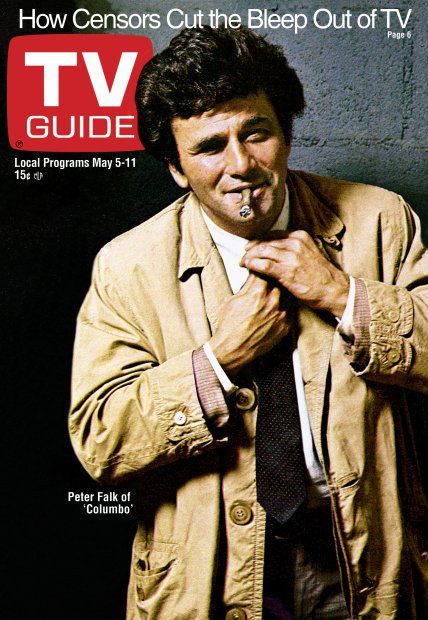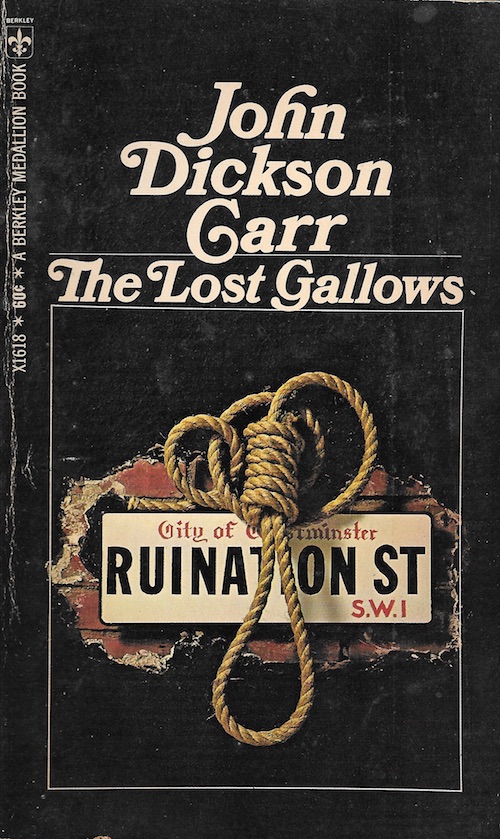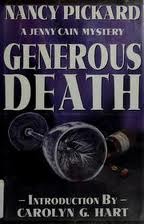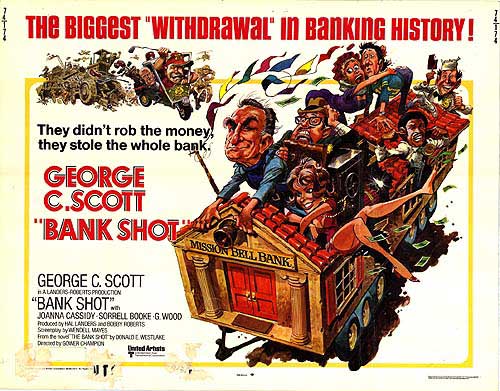A while back I read, among other things, a review of Roberto Calasso's La Folie Baudelaire(1):
"Calasso's book can be seen as a series of spirited improvisations on the theme expressed in Walter Benjamin's essays on Baudelaire: that the poet, though he remained resolutely in the Romantic tradition, was the first to express the dark new reality of what Benjamin called 'the permanent catastrophe of life after the Industrial Revolution.'"
To which my response was: "Maybe, but Genesis is the first work to express the dark new reality of 'permanent catastrophe' of life after the Agricultural Revolution."
I've suspected for a long time that most of the very ancient myths, including Genesis 2-3 and Gilgamesh, are all really about the the Agricultural Revolution. It actually is one of the great historical mysteries, if not the greatest: how humanity went from wandering the earth to settling down, from hunter-gatherer to farmer. Because there was nothing inevitable - or even logical - about it. Humans were hunter-gatherers for 90% of human history. Agriculture is only a blip of time, and the urbanized world we live in - with only 1.3% of the US population actually working in agriculture, and only 26.7% world-wide - is barely 100 years old.
So how did it happen?
MY NOTE: That's what myths are for, to explain mysteries that no one can explain. How we got here. Why we're doing the things we're doing here and now - because we have no idea what the hell happened. Especially when you realize that you're stuck. You can't go back.
So, here's the thing: Paleolithic and Neolithic hunter-gatherer societies were complex, advanced societies. They had fire, dogs, tools, woven containers, clothing, religion, art, music, dance, and stories. They invented rafts, nets, and skis (the oldest skis still in existence date back to 6,000 BC from Russia). They buried their dead. They had some concept of religious ritual. They built sanctuaries and raised monoliths, megaliths, astronomical calendars, and passage tombs in abundance. Look up Gobekli Tepe, Warren Field, Newgrange, etc.
They had phenomenal memories. (As I always told my students, oral cultures aren't and weren't stupid.) Whole genealogies, records of journeys, oral maps, oral encyclopedias of where the plants and animals were, what herbs you used for medicine, what parts of trees and animals were best for what function and endless - they had it all in their heads, and passed it all down, generation to generation, to [almost] the present day.
They lived well. They ate just as many plants as animals, and in some cases and definitely in some seasons, more more. They returned again and again to sites where specific plants (roots, tubers, nuts, berries, and even grains) grew. And they often either made sure to leave a certain number of those plants intact (roots in the ground, seeds above ground) and even replanted some things. (Ginseng hunters in China were known to do the same thing.)
It was a fairly egalitarian society: there was a leader, and/or a master of the hunt, but when the hunting and gathering was done, all the food was shared out equally among the tribe. Enlightened self-interest was and is the norm for pre-industrial societies. Radical hospitality was and is mandatory - if a stranger shows up, take him in, feed him, treat him well, because some day it will be your turn.
It was also a fairly non-materialistic society, in terms of stockpiling stuff. It had to be, because you can't carry a lot of stuff with you as a hunter-gatherer.
It was also a surprisingly leisured society. Hunter/gatherers only spent about 4-6 hours a day hunting for food, and the rest of their time cooking, eating, making tools, decorating themselves, sleeping, talking, etc.(2)
The main drawbacks were high infant mortality, as well as the occasional death from accident, injury, and murder (yes, people killed each other then as now - see my 2015 blog post, Death Comes at the Beginning). And, of course, they were extremely vulnerable to natural disasters. All that kept the population very low. At one point there might have been only 125,000 humans on the planet.
And then came agriculture and animal husbandry, and everything changed.
By the time of this ancient Egyptian painting, world population is estimated to have increased to 5-10 million people. The Neolithic Revolution fed a lot more people than hunter-gathering, increasing the population in ways hunter-gathering couldn't. But it had its downsides as well:
Disease: hunter-gatherers had much lower disease rates (lice, worms) vs. farmers (measles is rinderpest in cattle; TB and smallpox come from cattle; an excellent source of tetanus is horse manure; rabies, obviously; flu from birds or pigs). There's also overcrowding; a hunter-gatherer tribe was close, but there weren't 300-3,000 of them packed into stacked dwellings in a small walled town.
Insecurity: If your crops fail - well, folks are going to starve to death. There are too many people to go back to hunting and gathering. (Especially today. I hear people say, well, I'm going to go off the grid, up in the wilderness - to which my response is, what wilderness? Also, just because you've watched Alaska The Last Frontier doesn't mean you know how to survive.)
Possession / Greed / hoarding. I grew this, so it's mine: this is my land, my house, my crops, my animals, my family, etc. Lock the door, bar the windows. Apparently, the first use of writing was to record my land, my house, my crops, my animals. Count 'em up and keep track of what's whose.
Kings, priests, armies, bureaucracy, and war all come with agriculture. Which leads back to the great puzzle of how they learned how to do all of this.
And we have no records. All the written records we have come after kings, priests, scribes, armies, bureaucracy, and agriculture are already in place - and practically irreversible.
So, what happened?
Well, to figure that out, you have to take old myths seriously, but not necessarily how time has made people take them seriously. Most myths have been transformed over time into what we call fairy-tales, folk-tales, religious texts, or epics. This makes analyzing them hard. Some people will even call it blasphemous, if you're analyzing their religious text. But there are certain universals. There's a blind king in almost every ancient culture, from Oedipus to the Mahabharata. There's a Cinderella story in Europe, the Middle East, and China. And battling brothers is the basis of so many epics, so many founding fathers, so many wars - of course, that could simply be human nature. And the Flood shows up everywhere. So. I firmly believe that there was, somewhere, some time, way back in time, a blind king, a Cinderella, and a terrifying flood, all so memorable that each story got carried from place to place and passed on down the ages.
Which brings me back to Genesis 2-3. A garden, in which every tree and plant is provided that's good for food. And a great river flowing through it, with every beast and bird living on its banks. And human(s) naming those beasts and birds. There's a sense of infinite nostalgia, for a time when humans were one with their environment, where humans walked on the earth, knowing every tree, bush, plant, and flower, every animal, fish, and bird, and what each and every one of them was for.
And then comes the serpent, “more subtil than any beast of the field” – and starts talking to the woman, “Did God really say, ‘You must not eat from any tree in the garden’?” The woman said to the serpent, “We may eat fruit from the trees in the garden, but God did say, ‘You must not eat fruit from the tree that is in the middle of the garden, and you must not touch it, or you will die.’” “You will not certainly die,” the serpent said to the woman. “For God knows that when you eat from it your eyes will be opened, and you will be like God, knowing good and evil.”
Now there's been a lot of water under that bridge, as to what kind of fruit, and what the real sin was - most theologians agree that it was a combination of pride and greed, basically disobedience to God. The Epic of Gilgamesh calls it a betrayal of nature (3). And I agree. Because what really happened during the Neolithic Revolution was a turning away from a life that was based entirely on the existing seasons and habits of nature. Trusting, every morning, that nature would indeed provide food. All humans had to do was go and look for it.
But discontent came, and the hissing voice - whether of a serpent or in someone's own head (4) - saying, "Aren't you tired of wandering all over the place and never knowing what you'll find? Wouldn't it be nice to be able to eat berries whenever you want, to store up enough food so that you don't have to be out in bad weather? When winter comes, you'll be sitting tight in a nice warm place with all the food and more that you need? You can provide for yourselves. You can control nature, instead of it controlling you. You will be safe."
And they fell for it. Ever since, it's been a lot of hard work and (until very modern times) extremely little leisure.
NOTE: There's a hint that God didn't appreciate it: Genesis also has Cain and Abel, offering their produce to God - Cain gave vegetables, Abel gave a lamb, and God preferred the meat. So Cain got jealous and killed Abel.
Another reason why I think this interpretation of Genesis might be the right one is that it came from one of the oldest known civilizations on the planet: Sumer. Remember, Abraham was Sumerian, he came from Ur, and he brought his folk-lore with him. And many of the stories in early Genesis are also from Sumer (the Flood, for one thing). Sumer, "the cradle of civilization" "the fertile crescent", one of the places where agriculture began the earliest, so that by the time of Abraham, there would have already been a couple of thousand years of farming. That makes Sumer a very logical place for farmers to remember, longingly, of a time without kings, bureaucrats, armies, or war. A time when food was everywhere for the taking, and all humans had to do was wander through the earth like a giant garden. And wonder what had happened, why they had been cursed: and what a specific curse!
“Cursed is the ground because of you;
through painful toil you will eat food from it
all the days of your life.
It will produce thorns and thistles for you,
and you will eat the plants of the field.
By the sweat of your brow
you will eat your food
until you return to the ground,
since from it you were taken;
for dust you are
and to dust you will return.”
The life of a pre-industrial farmer, and that's a curse, not a blessing.
(1) Primarily because he's the author of The Marriage of Cadmus and Harmony, and Ka, two very interesting works on mythology, among other things.
(2) See Jared Diamond's The Worst Mistake in the History of the Human Race. BTW, I love central air/heating, antibiotics, anesthetics, gas stoves and screened windows. But I can wax nostalgic like anyone else...
(3) One last note: The Sumerian epic Gilgamesh is even more obvious about one of the last meetings between the settler and the wanderer. King Gilgamesh befriends the wild man Enkidu - "Abundantly hairy and primitive, he lives roaming with the herds and grazing and drinking from rivers with the beasts. One day a hunter watches Enkidu destroying the traps he has prepared for the animals. The hunter informs his father, who sends him to Uruk to ask Gilgamesh for help. The king sends Shamhat, a prostitute, who seduces Enkidu. After two weeks with her, he becomes human, intelligent and understanding words, however the beasts flee when they see him." (Wikipedia) Later, Enkidu helps Gilgamesh kill the giant Humbaba, guardian of the Cedar Forest, where the gods lived (and where they plan to cut the trees down). But before that happens, Humbaba accuses Enkidu of betraying the beasts of the wild and, by implication, all of nature by becoming "civilized".
(4)This is why one should always beware of listening too loudly to the voices in one's own head.





























